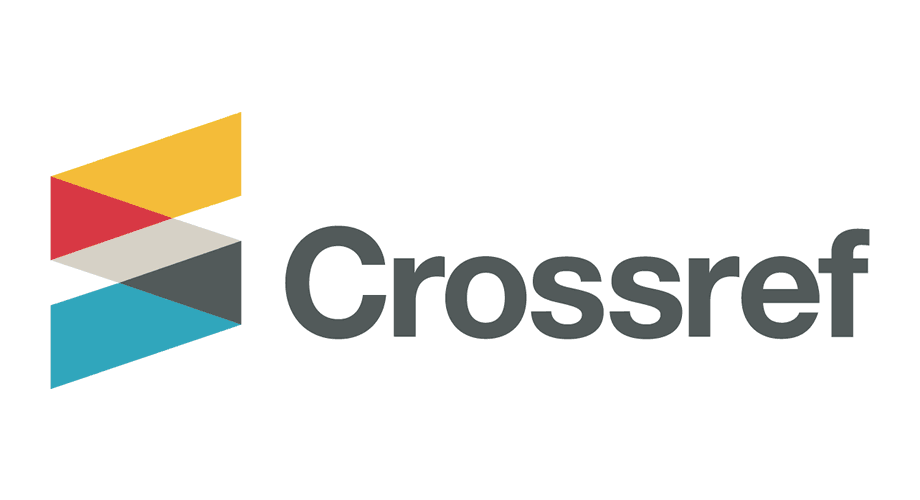Pithecellobium dulce (Roxb.) Benth: A Nutritionally Rich, Ecologically Resilient, and Therapeutically Promising Anukta Dravya
DOI:
https://doi.org/10.21760/jaims.10.8.21Keywords:
Pithecellobium dulce, Anukta Dravya, Nutritional value, Therapeutic propertiesAbstract
Pithecellobium dulce (Roxb.) Benth, commonly known as Manila tamarind or Jangle Jalebi, is a resilient, multipurpose tree. Known for its twisted, sweet pods and high adaptability to poor soil and saline conditions, it is valued for both its ecological and medicinal properties. Traditionally used in various cultures for treating ailments like diarrhoea etc, the plant exhibits a broad range of therapeutic effects, including anti-diabetic, antimicrobial, antiulcer, anthelmintic, CNS depressant, and anti-venom activities. Its different parts - leaves, bark, seeds, and pulp are rich in nutrients, essential elements, and bioactive compounds like flavonoids and tannins. As such, there is no reference found in classical Ayurvedic texts of P. dulce, and it is classified as an Anukta Dravya. Scientific studies support its pharmacological potential, making it a promising drug for future research in herbal medicine, pharmaceuticals, and environmental sustainability. This article highlights the botanical, nutritional, pharmacological, and traditional significance of P. dulce, underlining the need for further exploration and validation to integrate it into mainstream therapeutic applications.
Downloads
References
Datiles M, Rodriguez PD. Pithecellobium dulce (Manila tamarind). In: CABI Compendium [Internet]. Wallingford: CAB International; Available from: https://www.cabi.org/compendium
Datiles M, Rodriguez PD. Pithecellobium dulce (Manila tamarind). In: CABI Compendium [Internet]. Wallingford: CAB International; Available from: https://www.cabi.org/compendium
Dontharaboina S, Singarapu P. Systematic review of Pithecellobium dulce (Roxb.) Benth.: A traditional medicinal herb. J Innov Dev Pharm Tech Sci. 2020;5(May).
Dontharaboina S, Singarapu P. Systematic review of Pithecellobium dulce (Roxb.) Benth.: A traditional medicinal herb. J Innov Dev Pharm Tech Sci. 2020;5(May).
Kirtikar KR, Basu BD. Indian medicinal plants. Vol. 2. Allahabad: Lalit Mohan Publication; 1993. p. 945.
Brandis D. Indian trees. London: Constable and Company Ltd.; 1921. p. 273.
Anonymous. Wealth of India: Raw materials. New Delhi: Council of Scientific & Industrial Research; 1962. Reprinted by NISCAIR; 2003.
Dontharaboina S, Singarapu P. Systematic review of Pithecellobium dulce (Roxb.) Benth.: A traditional medicinal herb. J Innov Dev Pharm Tech Sci. 2020;5(May).
Dontharaboina S, Singarapu P. Systematic review of Pithecellobium dulce (Roxb.) Benth.: A traditional medicinal herb. J Innov Dev Pharm Tech Sci. 2020;5(May).
Selvakumar M, Dinesh KL. Nutritional and therapeutic benefits of medicinal plant Pithecellobium dulce (Fabaceae): A review. J Appl Pharm Sci. 2019;9(7):130–9.
Anonymous. Wealth of India: Raw materials. New Delhi: Council of Scientific & Industrial Research; 1962. Reprinted by NISCAIR; 2003.















